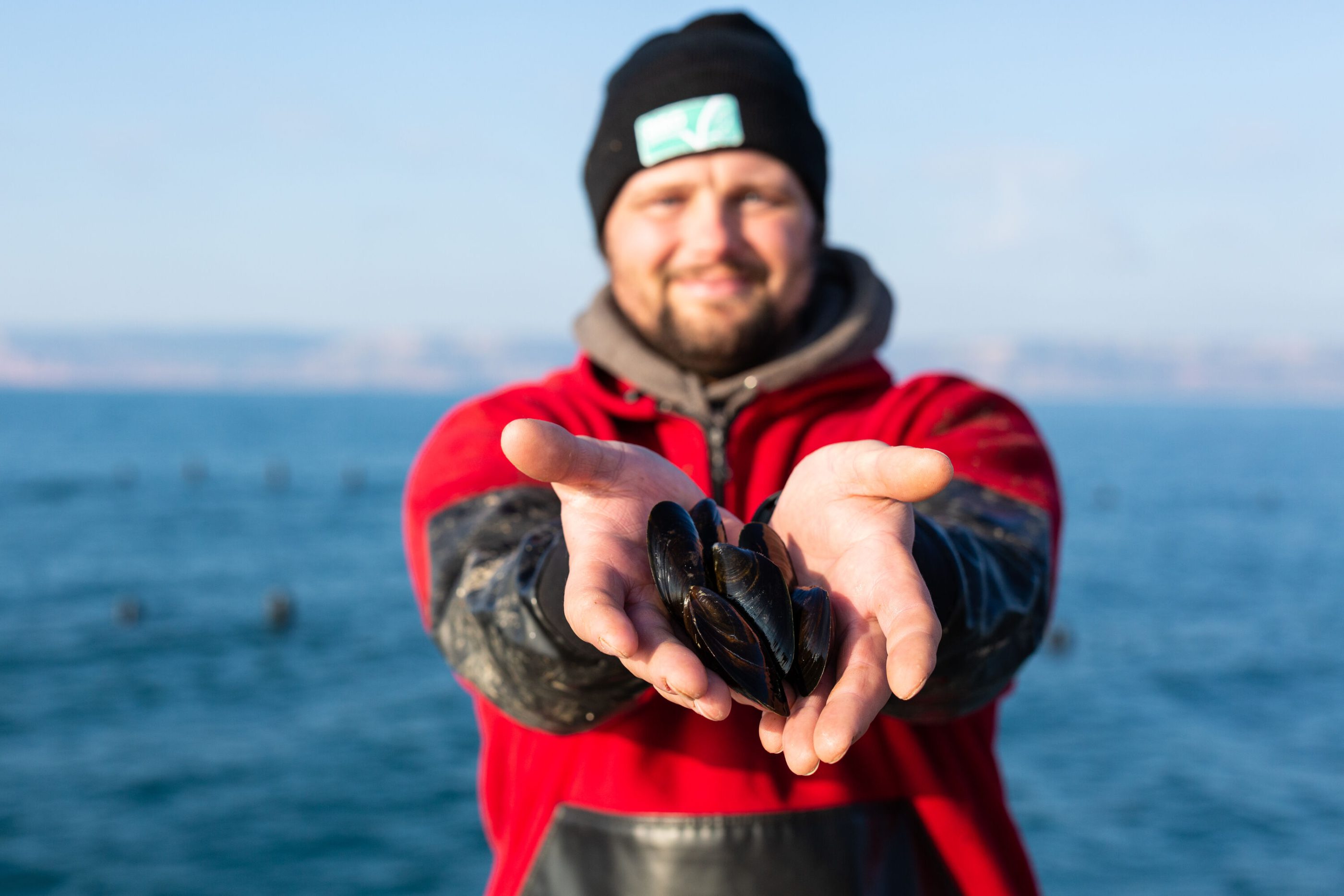
Aquatic foods offer great potential for providing more sustainable diets, finds new research
September 16, 2021
ASC’s Greenhouse Gas Co-ordinator Robert Parker has contributed to a new study published this week in Nature that has provided an uniquely detailed assessment of the various environmental pressures of aquatic food production.
The landmark study has shown significant potential for aquaculture to become more sustainable, adding to the number of species that already place limited pressure on the environment, such as seaweed, bivalves, and certain carps.
The research, entitled “Environmental performance of blue foods,” was one of five initial scientific papers published as part of the Blue Food Assessment (BFA). The paper can be read in Nature and online.
Most blue foods outperform chicken
The authors behind the new paper produced the most standardized assessment of the environmental pressures stemming from blue food production to date, covering nearly three quarters of global production, and drawing on studies collectively reporting data from more than 1,690 fish farms and 1,000 unique fishery records worldwide.
The paper finds that seaweeds and farmed bivalves, such as mussels and oysters, generate the fewest greenhouse gas and nutrient emissions and use the least land and water. Capture fisheries also result in few nutrient emissions and use limited land and water, but greenhouse gas emissions range from relatively low, such as for sardines and cod, to relatively high for flatfish and lobsters, compared to farmed fish.
Commonly eaten farmed finfish, such as salmon and carp, outperform other farmed blue foods on several environmental indicators, while most blue foods outperform chicken, which generates similar environmental pressures as tilapia.
Need for a better understanding
Robert Parker, one of the paper’s co-authors, recently started working at ASC as the programme’s first dedicated Senior Co-ordinator for Greenhouse Gas Emissions. Robert said: “Climate change is an increasingly important factor in understanding the environmental impact of food systems, including blue foods from aquaculture and fisheries.
“We want to encourage and support the production of foods that fit in a climate-friendly diet. Some seafood products are already there, producing food with a much lower climate cost than many land-based alternatives. Research like this is important because it can help identify which species have higher impacts and the sort of interventions needed to move them in the right direction.”
Jessica A. Gephart, lead author and researcher at American University, said: “With demand for blue foods rising around the world, we need a better understanding of the how the environmental pressures compare across this diverse group of foods so we can ensure we are eating not just nutritiously, but also sustainably.”
Significant potential
This new set of standardized metrics can be used to benchmark the environmental impacts of blue foods to steer future production toward lower emissions and resource use.
The paper also highlighted the significant potential of many subsectors, such as carp and milkfish, to improve their environmental performance through improved farm management, reduced feed conversion ratios, and innovative technological interventions. Capture fisheries also have potential to reduce greenhouse gas emissions through improved management and optimizing gear types.
This research filled gaps in previous studies on the environmental stresses associated with food production, which often exclude blue foods, and when blue foods are included, they are typically aggregated, overlooking the vast range of species that belong to blue foods.
The study will ultimately allow businesses, certifiers, NGOs, and other interested parties, including consumers, to make more informed decisions about how to support sustainable blue foods, helping also to highlight the rich diversity and variety of the blue food sector.
While ASC’s standards already include some indicators on efficiencies and monitoring emmissions, the programme is looking to enhance its requirements in this area and Robert’s work will contribute to this renewed focus on an increasingly important aspect of responsible food production.
- Read the paper in Nature
- Visit BFA’s website to find the full set of research papers.



